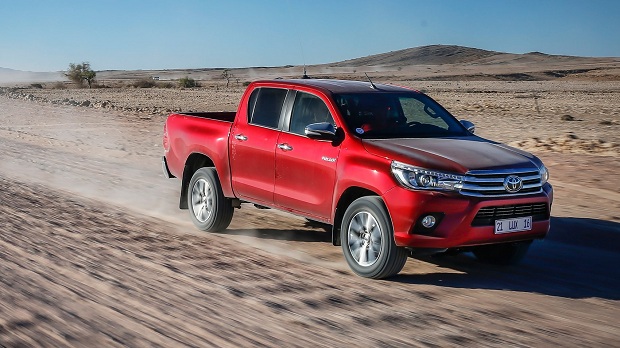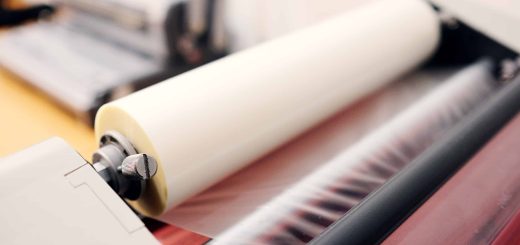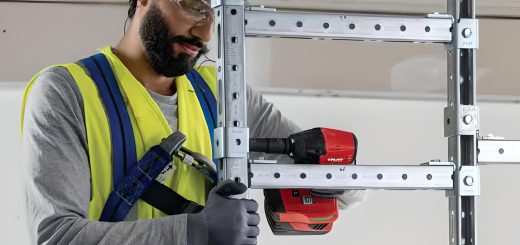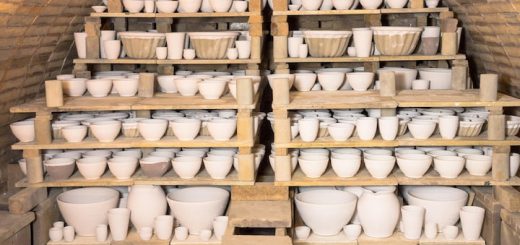Everything You Need to Know About Industrial Safety Equipment
Industrial work is inherently dangerous. While machinery and factory processes have become safer over time, industrial accidents still occur frequently. These accidents can result in personal injury or damage to your industrial equipment. To reduce the risk of accidents occurring in the first place and to minimise their impact on your business if they do happen, consider getting the right protective equipment for your facility.
What is Industrial Protective Equipment?
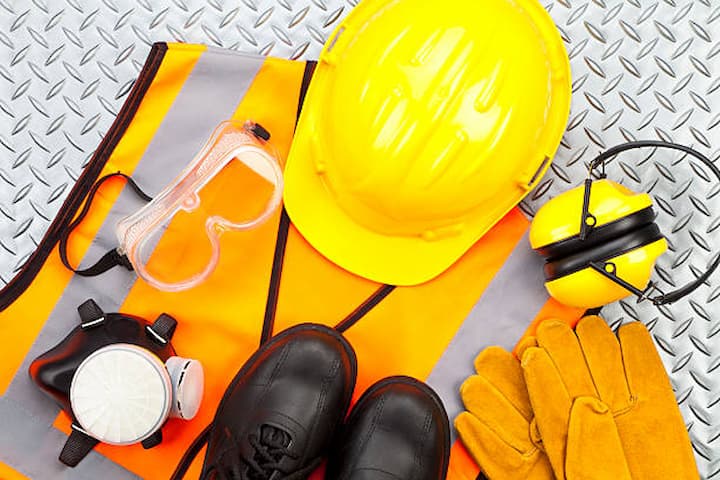
Personal protective gear is a special type of equipment that’s meant to reduce exposure to risks that can cause injuries or illnesses in the workplace. These can happen as a result of chemical, radiological, electrical, mechanical, physical, or other types of hazards.
If you work in potentially dangerous industrial settings, or you’re setting up a workshop, you should get durable safety equipment to help you avoid accidents and protect you in case one does occur. This equipment is your best bet for ensuring a safe work environment.
What To Consider When Buying Protective Equipment?
When buying industrial safety supplies, you should pay close attention to their quality and durability. Protective equipment should be developed and manufactured in a secure manner, and it should be kept clean and well-maintained.
And remember, comfort is just as important as the right safety precautions when it comes to selecting proper protective gear. After all, there’s a fine line between being safely covered and being dangerously exposed if it doesn’t fit properly.
Employers must supply personal protective equipment to their workers and ensure that it is used correctly when engineering, work practice, and administrative controls don’t offer enough protection. They should provide detailed instructions on how and when employees should wear it as well as certain limitations or risks associated with its use.
If the company requires workers to wear personal protective equipment, then it needs to implement a PPE program. This program covers all the risks and hazards present, as well as the selection, maintenance, and usage of protective equipment, personnel training, and program monitoring to assure its effectiveness.
What Are the Most Common Types of Protective Gear?
While the type of gear you choose will vary greatly depending on the specific hazards present in your workplace, there are some general categories of protective gear that are used in many different industries. These include:
Safety Glasses
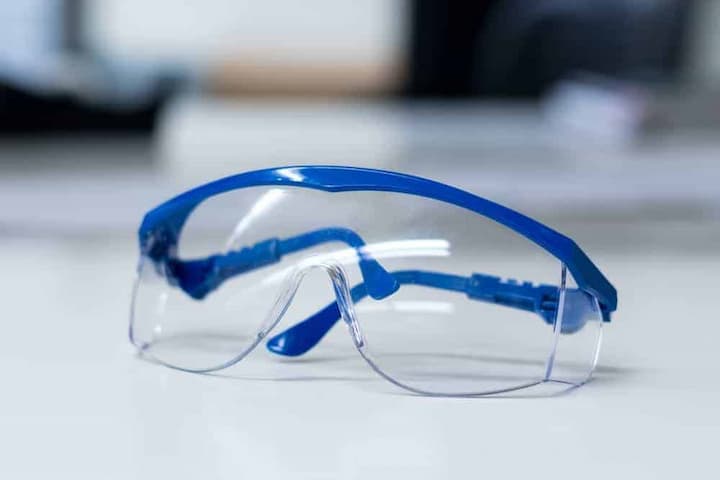
Safety glasses are a crucial piece of shielding equipment that employees wear to protect their eyes from serious damage. In an industrial setting, there are many potential hazards that could cause eye injuries, such as flying debris, chemical splashes, or welding sparks. This type of gear is typically made from polycarbonate, which is a shatter-resistant material.
Face Shield
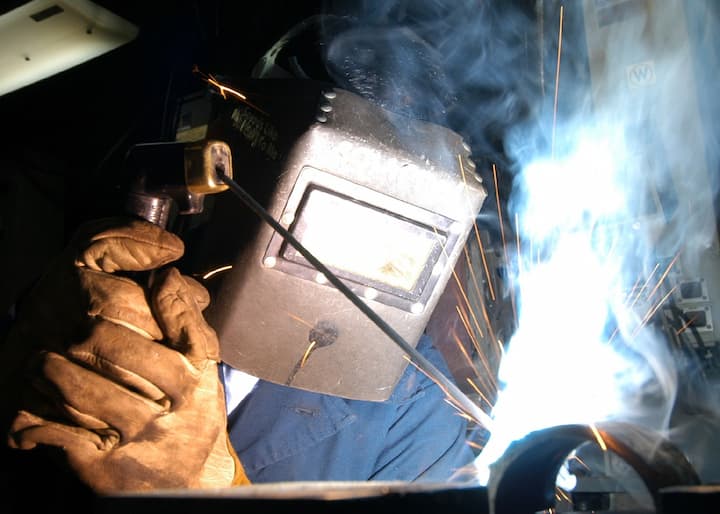
In some cases, safety glasses aren’t enough to fully protect your eyes from hazards. In these situations, you may need to wear a full face shield in addition to your glasses. They’re designed to protect your entire face from impacts, splashes, and other dangers.
They’re normally attached to a hat or helmet, and some models also have built-in ventilation to help prevent fogging. In some cases, you may be able to wear a face shield over your regular glasses.
Earplugs
The noise levels can be dangerously high in certain industrial operations. By being exposed to such loud noises on a daily or regular basis, you can get serious hearing damage or hearing loss.
Earplugs are quite helpful in protecting against this loud racket. They’re a simple, inexpensive, and efficient solution to filter out noises that would otherwise disrupt you while you work. Modern designs are specifically created to provide you comfort, so you won’t even notice that you’re wearing them.
Protective Gloves
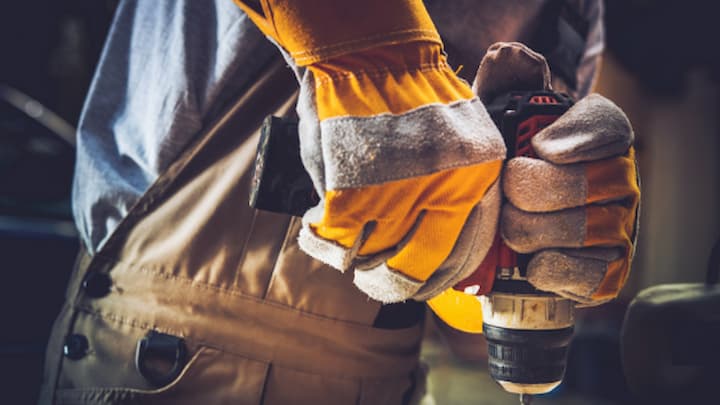
One of the most common and important pieces of safety equipment is a pair of protective gloves. And nowadays, they come in an almost infinite variety of styles. Reinforced gloves may be useful in some situations, but they may be excessively clunky in others.
Rubber palm gloves are more appropriate for dexterity tasks, although they aren’t necessarily durable. And lastly, if you do metal-working or similar tool-related jobs, look for puncture-resistant gloves to minimise the chances of more serious injuries.
Regardless of which type you choose, you’re bound to increase your safety levels substantially. In fact, work gloves lower the risk of hand injuries by up to 70%, which is certainly an admirable feat. Just make sure that the gloves have proper thickness and padding for the type of work that you do. You might even need features such as reinforced palms, padded fingers, or knuckle protectors if the circumstances call for them.
Head Protection
Protective equipment, such as welding helmets safeguard the most fragile and essential part of the body- the head. Head injuries can have serious consequences, so it’s important to choose the right type of gear to protect against the specific hazard present in your workplace.
For example, if you’re working in an environment where there’s a risk of falling objects, you may need to wear a hard hat that’s made from a durable material, such as steel or Kevlar.
If you’re working with high voltage electrical equipment, you may need to wear a specialised type of helmet that offers dielectric protection. This type of gear is made from materials that won’t conduct electricity, such as fibreglass or natural rubber.
Safety Shoes
Lastly, safety shoes are an important type of PPE that can protect your feet from workplace hazards. They usually have reinforced toe caps and slip-resistant soles to help prevent injuries. In some cases, they may also be equipped with electrical hazard protection or metatarsal guards.
You should tailor these workers’ shoes to the specific hazards present in your workplace. For example, if you’re working in a foundry, you’ll have to wear shoes that have specialised heat-resistant properties. On the other hand, if you’re working in a wet environment, you may need to wear shoes that are designed to prevent slips and falls


